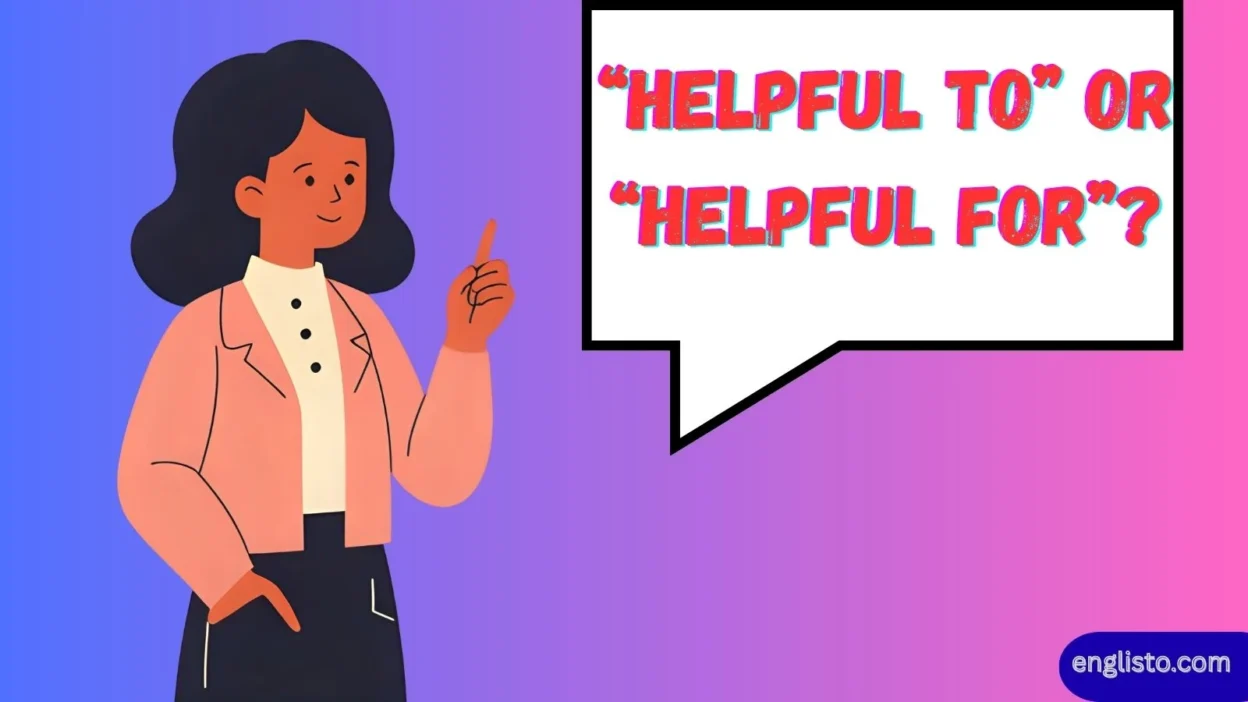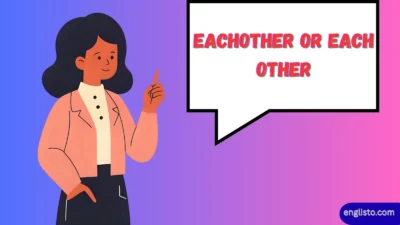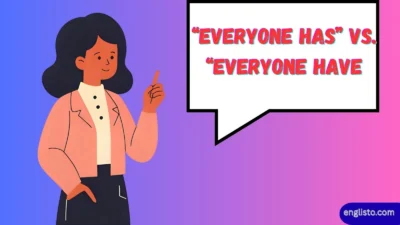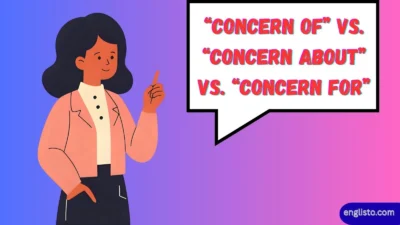Language is a living, breathing thing. Words bend, twist, and adapt depending on context, and sometimes two simple phrases can puzzle even advanced learners. Take “helpful to” and “helpful for”. At first glance, they look interchangeable. But in reality, their meanings branch out in subtle yet important ways. Understanding these nuances doesn’t just improve grammar—it sharpens communication, adds precision to writing, and makes you sound more natural when speaking. “Helpful To” or “Helpful For”?.
In this article, we’ll break down the difference between “helpful to” and “helpful for”, explore rules, examples, usage patterns, and common mistakes, and even examine real-world statistics from sources like the New York Times and Google Ngram Viewer to see which phrase appears more often.
By the end, you’ll know exactly when to say:
- “This advice was helpful to me”
and when to choose: - “This advice was helpful for the project.”
What Does “Helpful To” Mean?
When you use “helpful to”, you’re usually pointing to the recipient of the help. It emphasizes who or what entity receives the benefit. Think of it as highlighting a direction: the usefulness is moving toward someone or something.
Examples:
- “The teacher was helpful to the students during the exam.”
- “Your explanation was helpful to me.”
- “His kindness is always helpful to older patients.”
In each case, notice that the phrase centers on the person or entity receiving the benefit, not the purpose or goal.
Rule of thumb: Use “helpful to” when the focus is the recipient.
Read More: As Thick as Thieves – Meaning, Example & Usage
What Does “Helpful For” Mean?
On the other hand, “helpful for” emphasizes the purpose, function, or situation. Instead of directing attention toward who is being helped, it describes what task, goal, or project the help supports.
Examples:
- “This book is helpful for learning English grammar.”
- “Yoga is helpful for improving sleep and reducing stress.”
- “The tutorial was helpful for my coding project.”
Here, we’re highlighting the utility or reason rather than the recipient.
Rule of thumb: Use “helpful for” when the focus is on purpose, function, or goal.
Helpful To vs Helpful For: Quick Comparison
| Usage Focus | Helpful To | Helpful For |
| Emphasizes | Recipient (who benefits) | Purpose/Task (why it’s useful) |
| Grammar Role | Preposition + noun/pronoun | Preposition + noun/gerund |
| Examples | “That advice was helpful to me.” | “That advice was helpful for passing the test.” |
| Commonly Seen | Talking about people, entities | Talking about goals, projects, situations |
| Memory Trick | Think direction toward someone | Think utility for something |
Why the Distinction Matters in Real Life
At first, the difference may feel small, but in practice, it shapes tone and clarity.
Imagine you’re writing a professional email:
- “This information will be helpful to you.” → Personal, recipient-focused.
- “This information will be helpful for your project.” → Task-focused, objective.
See the shift? One sounds personal and caring, the other sounds more formal and practical.
This subtlety is especially important in business writing, academic papers, or teaching methods, where misplaced prepositions can create awkwardness or confusion.
Common Contexts and Examples
Everyday Life
- “Coffee is helpful for waking up in the morning.”
- “That advice was helpful to me when I felt lost.”
At Work
- “The new software is helpful for managing tasks efficiently.”
- “Your feedback was helpful to our team.”
Health and Fitness
- “Exercise is helpful for building strength and fitness.”
- “A supportive nurse can be very helpful to patients.”
Grammar Deep Dive: Why Two Prepositions?
Both to and for are prepositions, but they carry different functions.
- To often signals movement toward something:
- “Give the book to John.” (direction/recipient)
- Applied in “helpful to,” it mirrors this: the helpfulness moves toward a person or entity.
- “Give the book to John.” (direction/recipient)
- For often signals purpose or benefit:
- “This knife is useful for cutting fish.” (purpose)
- Applied in “helpful for,” it highlights utility, purpose, or goal.
- “This knife is useful for cutting fish.” (purpose)
This structural pattern explains why “helpful to” and “helpful for” are not always interchangeable.
Real Usage Data: Which Is More Common?
According to Google Ngram Viewer, both phrases have appeared in print for decades, but “helpful to” often edges ahead in frequency. Similarly, an analysis of the New York Times website shows:
- “helpful to” appears 11,900 times
- “helpful for” appears about 3,400 times
This suggests that writers are more likely to emphasize recipients (to) rather than purposes (for). Still, both forms remain widely accepted in modern English.
Common Mistakes and How to Avoid Them
- Mixing Recipient and Purpose in the Same Sentence
- “This advice was helpful to passing the test.”
- “This advice was helpful for passing the test.”
- “This advice was helpful to passing the test.”
- Overusing One Form
- Many learners use only “helpful for” because it feels safer. But this makes writing stiff. Mix both for natural variety.
- Many learners use only “helpful for” because it feels safer. But this makes writing stiff. Mix both for natural variety.
- Confusing with “useful”
- “Useful for” and “helpful for” are close cousins, but “helpful to” has no parallel with “useful.” You can’t say “useful to me” in the same way.
- “Useful for” and “helpful for” are close cousins, but “helpful to” has no parallel with “useful.” You can’t say “useful to me” in the same way.
Native Speaker Intuition
Native speakers don’t consciously apply grammar rules; they rely on feel. Still, if you listen carefully, you’ll notice patterns:
- People often say:
- “That was helpful to me.”
- “This tool is helpful for fixing bikes.”
- “That was helpful to me.”
It’s not random—it’s the recipient vs. purpose rule at work in natural conversation.
Practical Tips to Master the Difference
- Ask yourself a quick question: Am I talking about who is helped or what task is being helped?
- Think in categories:
- Helpful to + person/entity → “helpful to me, helpful to children, helpful to the team”
- Helpful for + purpose/situation → “helpful for learning, helpful for sleep, helpful for coding”
- Helpful to + person/entity → “helpful to me, helpful to children, helpful to the team”
- Practice rewriting: Take one sentence and rewrite it both ways to train flexibility.
Synonyms and Alternatives
Sometimes, swapping in synonyms clarifies the choice.
| Phrase | Synonym | Example |
| Helpful to (recipient) | Beneficial to | “This treatment is beneficial to patients.” |
| Helpful for (purpose) | Useful for | “This method is useful for solving equations.” |
| Helpful in (situation) | Advantageous in | “Silence is advantageous in meditation.” |
Notice how “helpful in” can also appear when emphasizing situations rather than recipients or purposes.
When “Helpful To” and “Helpful For” Overlap
Sometimes, both forms are possible, but they shift emphasis slightly:
- “The book was helpful to me.” (personal impact)
- “The book was helpful for my exam preparation.” (task-focused)
Both are correct, but choosing one over the other changes the spotlight.
Real-Life Application: Writing & Speaking
In professional settings:
- Use “helpful to” when addressing individuals: “I hope this report is helpful to you.”
- Use “helpful for” when referencing broader goals: “This report is helpful for developing our future strategy.”
In casual conversations:
- Either works depending on tone: “That tip was helpful to me” vs. “That tip was helpful for cooking.”
FAQs
Q1: Can I always replace “helpful to” with “helpful for”?
No. “Helpful to” highlights the person receiving help, while “helpful for” focuses on the purpose. Swapping them can make a sentence sound awkward.
Q2: Is one more formal than the other?
Not exactly. Both are acceptable in formal writing, but “helpful for” often sounds more academic or task-oriented.
Q3: Which should I use when talking about myself?
If you’re emphasizing your own benefit, use “helpful to me.” Example: “Your advice was helpful to me.”
Q4: What about using “helpful in”?
“Helpful in” works when you’re emphasizing a situation or condition: “Silence is helpful in studying.”
Q5: Which phrase do native speakers use more often?
Data shows “helpful to” is used more frequently, especially in newspapers and literature, though both are common in speech.
Conclusion
The difference between “helpful to” and “helpful for” comes down to focus:
- Use “helpful to” when emphasizing the recipient of the help.
- Use “helpful for” when emphasizing the purpose, task, or function.
Mastering this subtle distinction doesn’t just polish grammar—it makes communication sharper, whether you’re writing an academic essay, delivering a presentation at work, or just chatting with friends.
So next time you hesitate, ask yourself: Am I talking about who is helped or what it’s helpful for? That little question will guide you toward the right choice—every single time.



